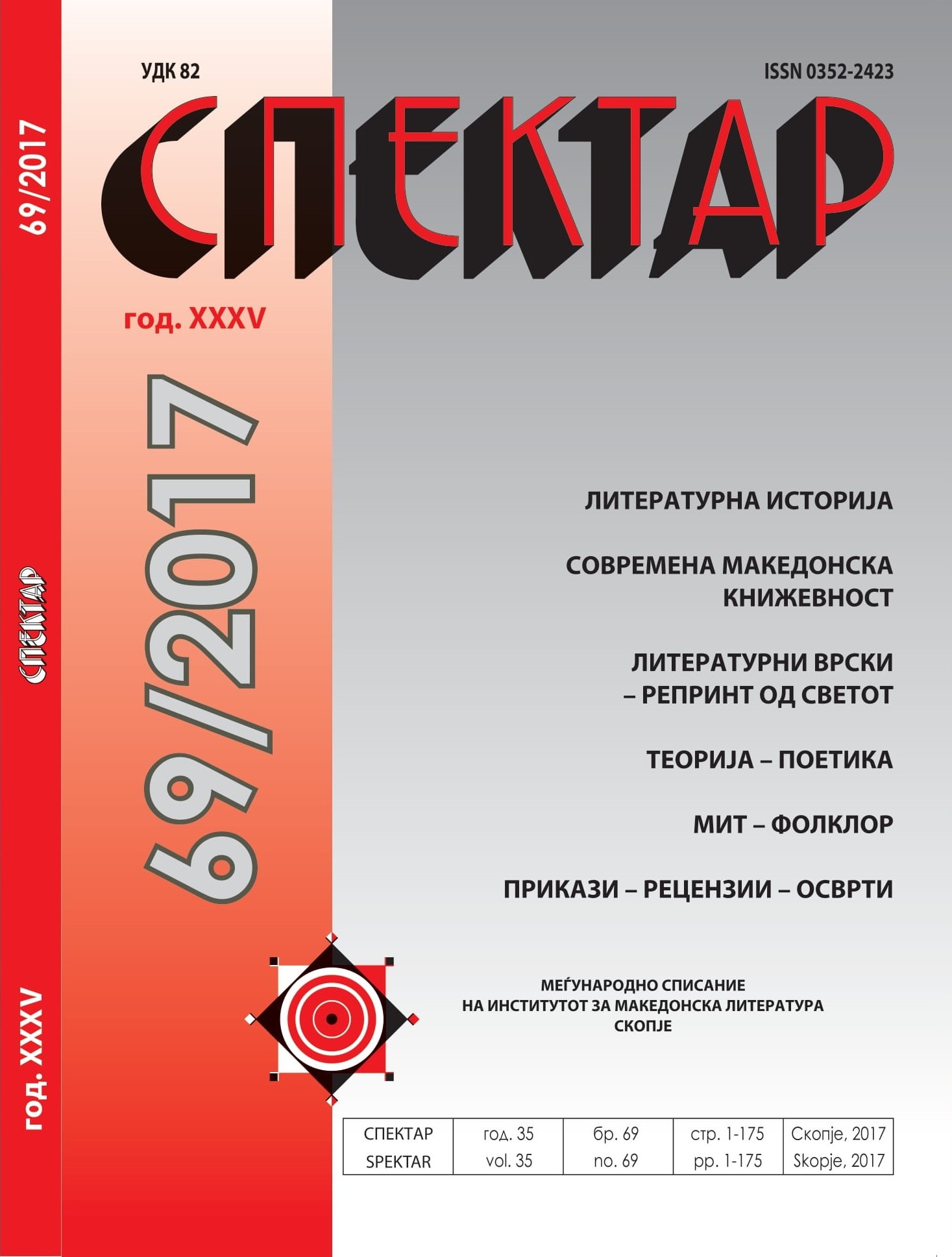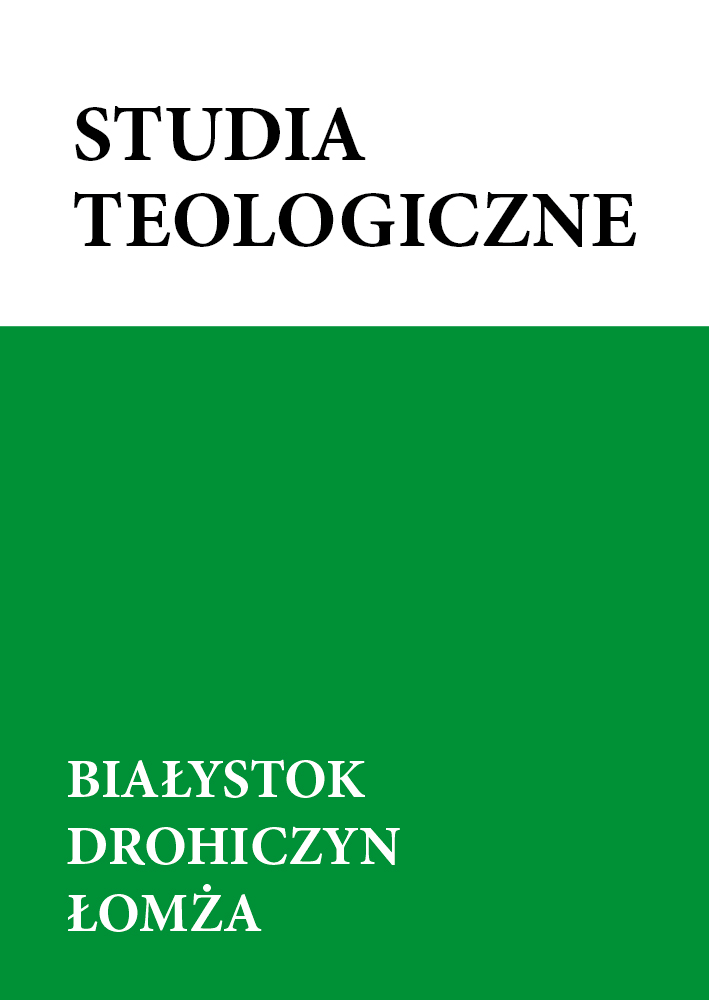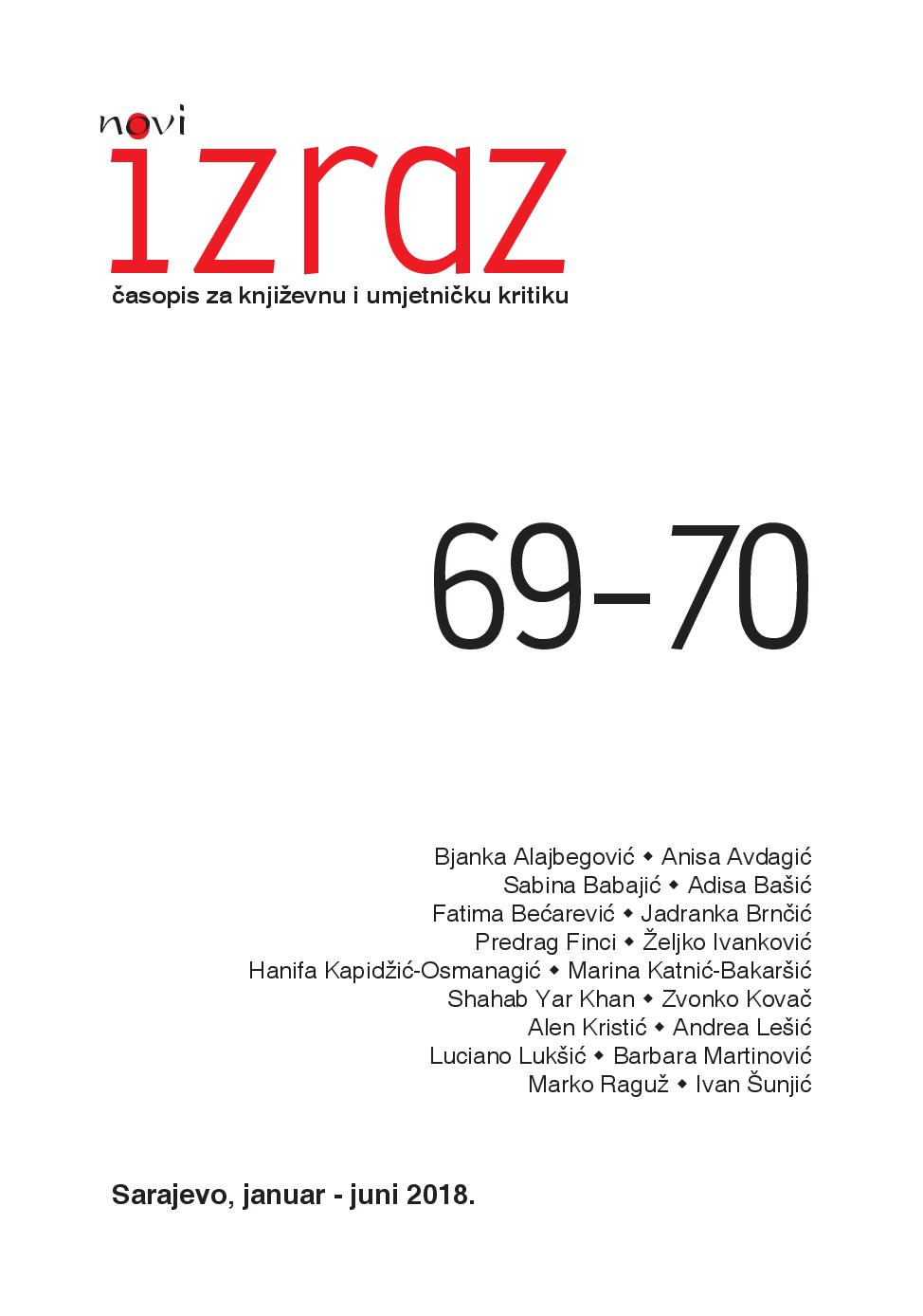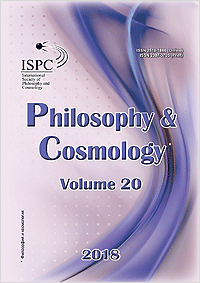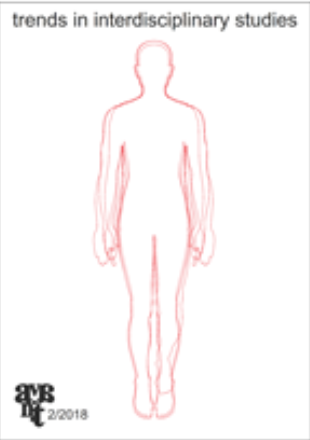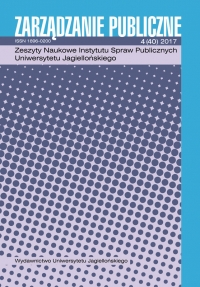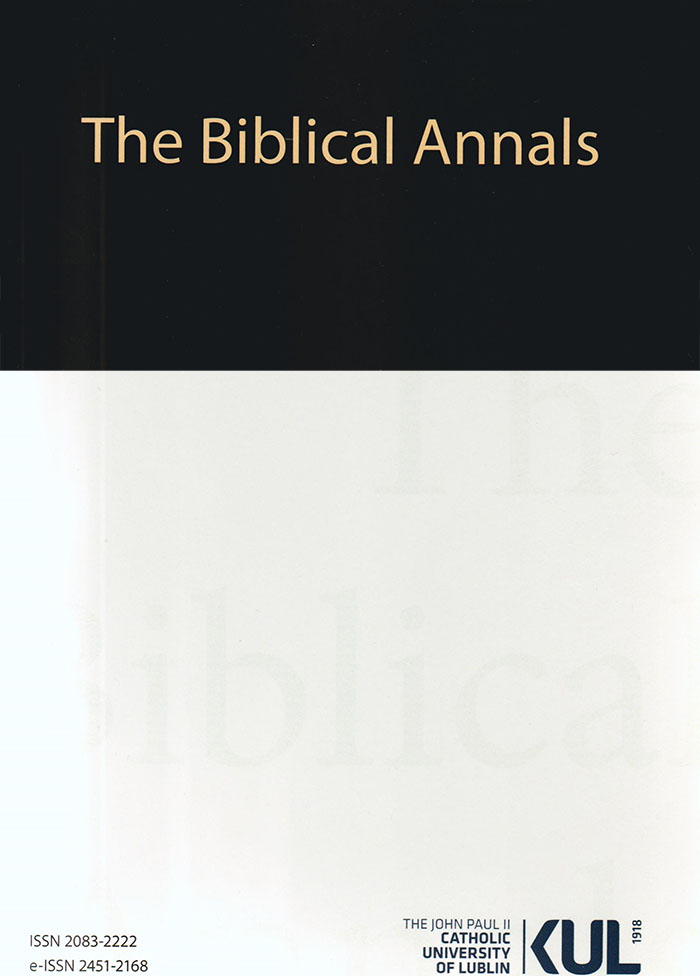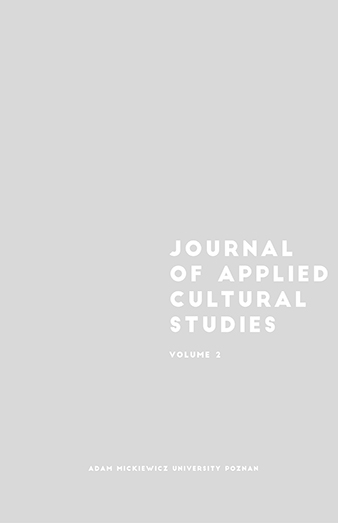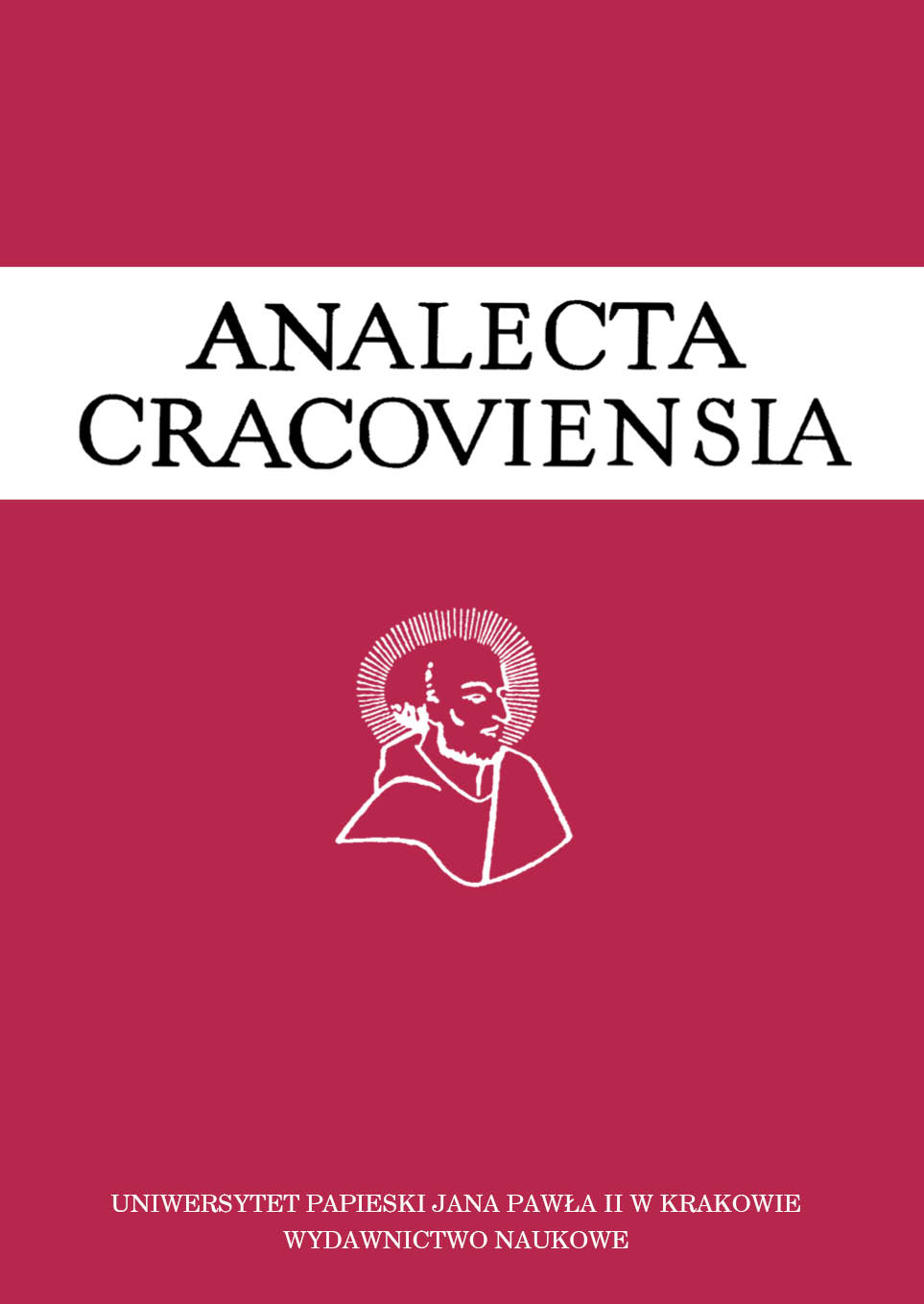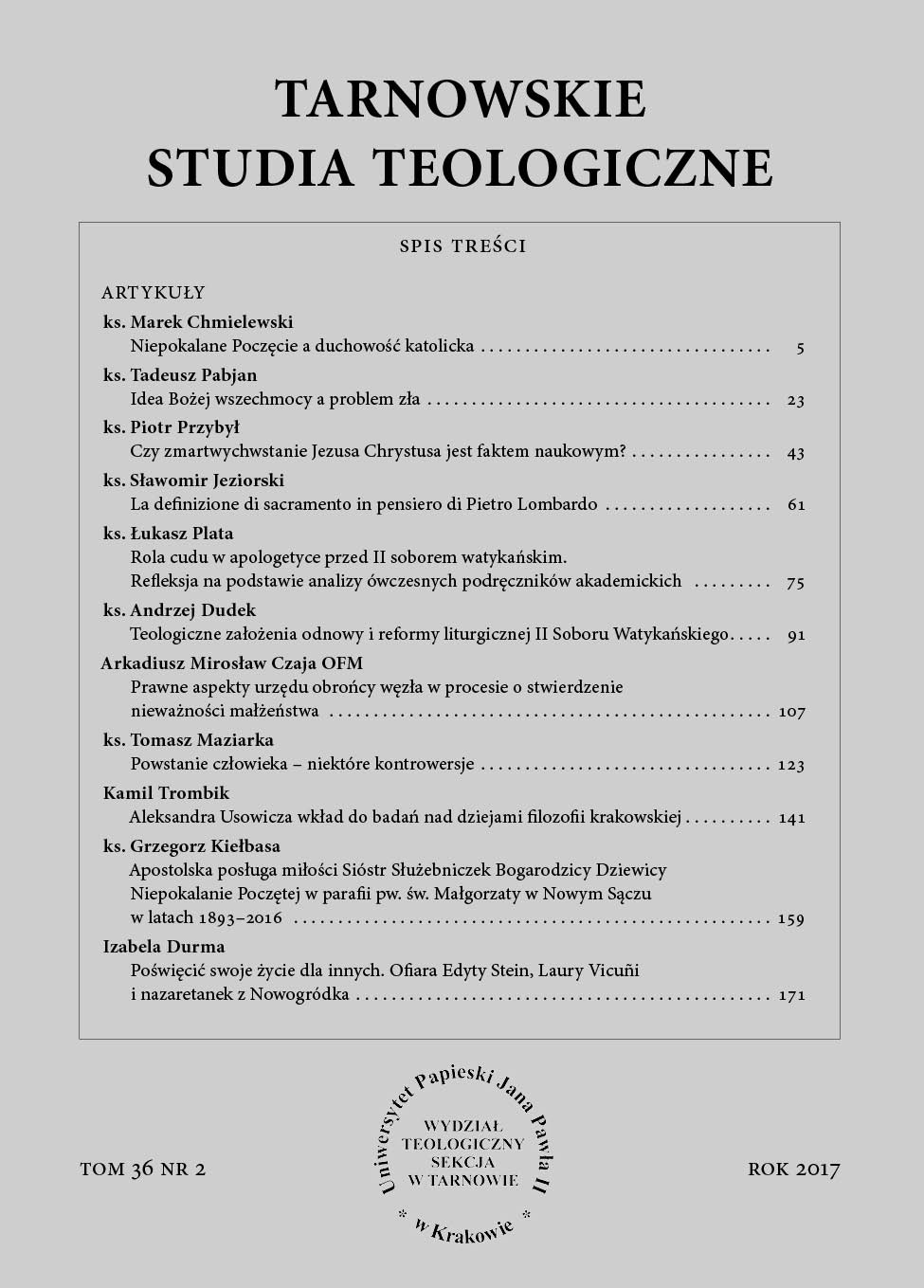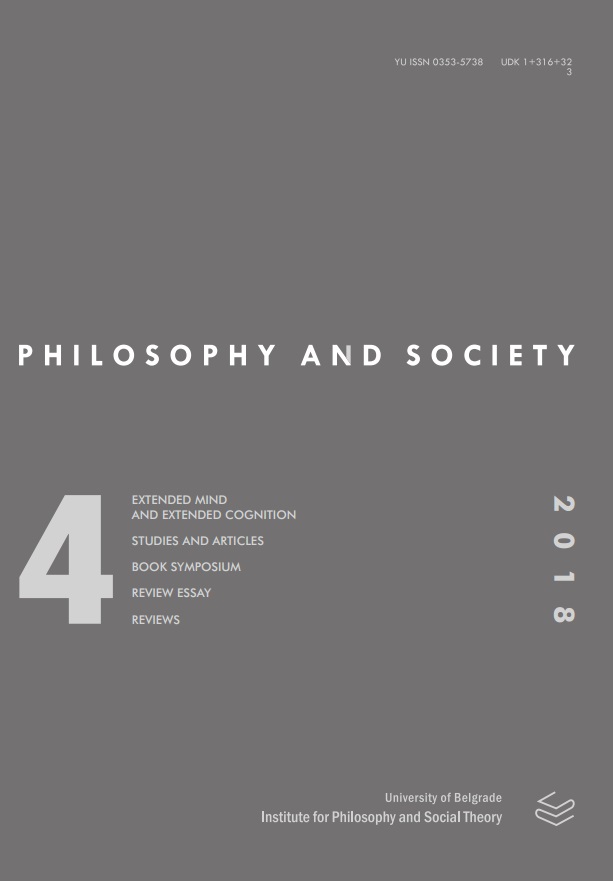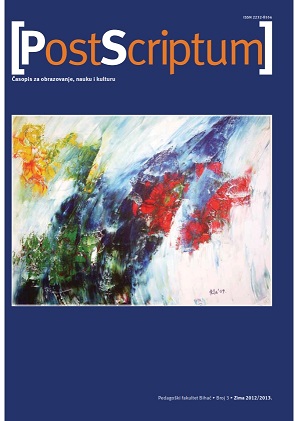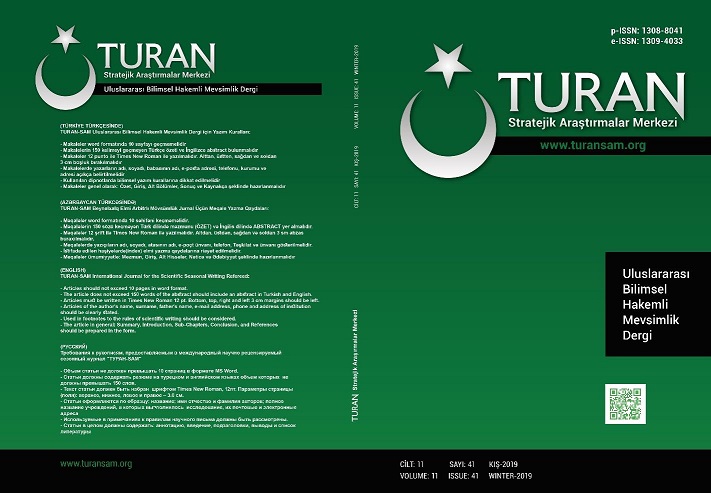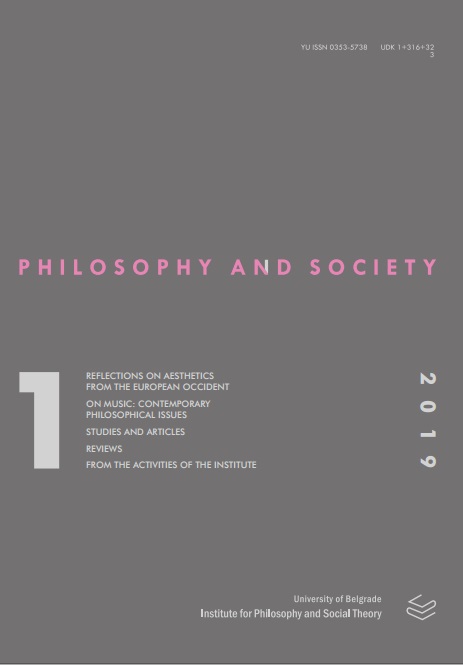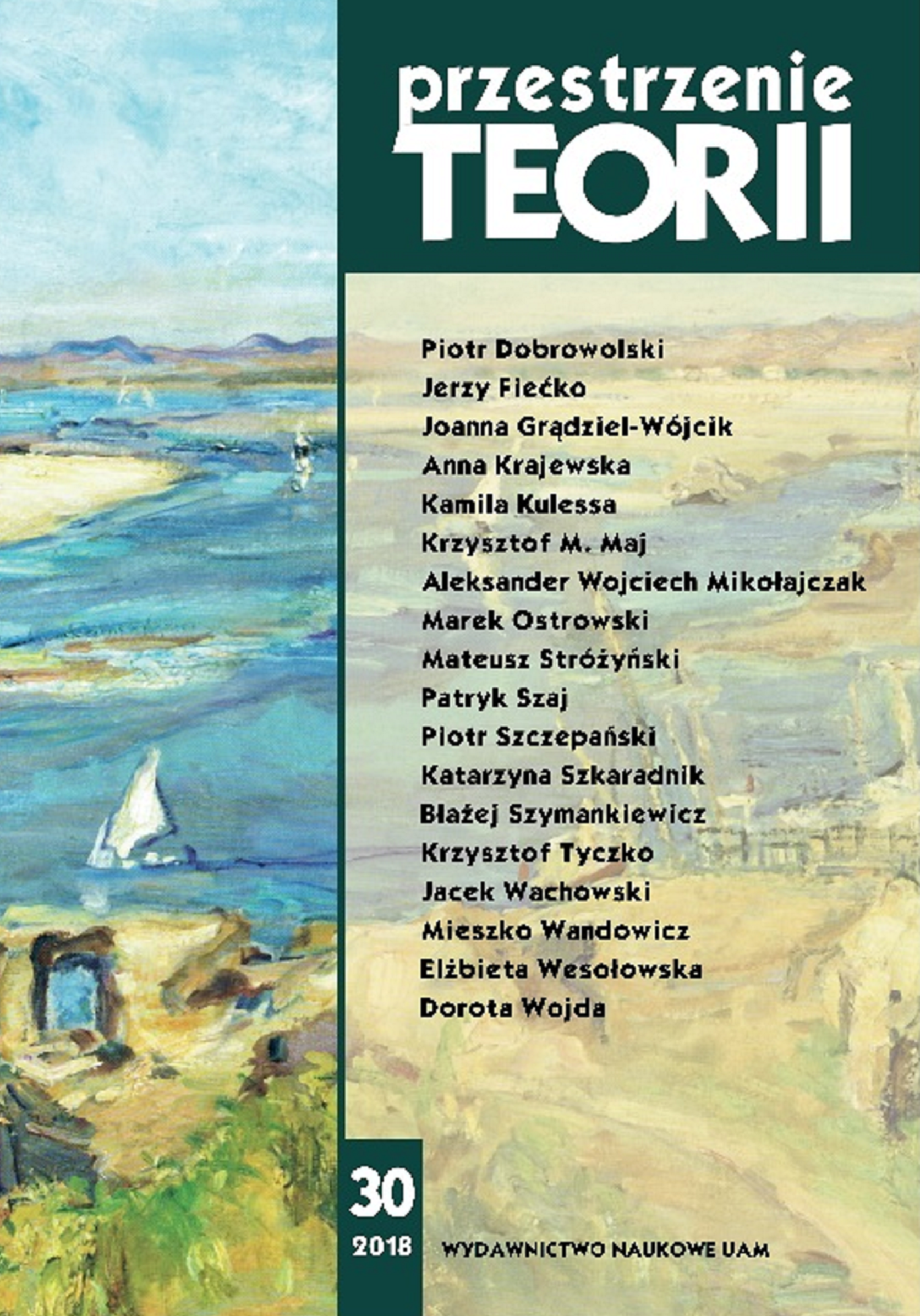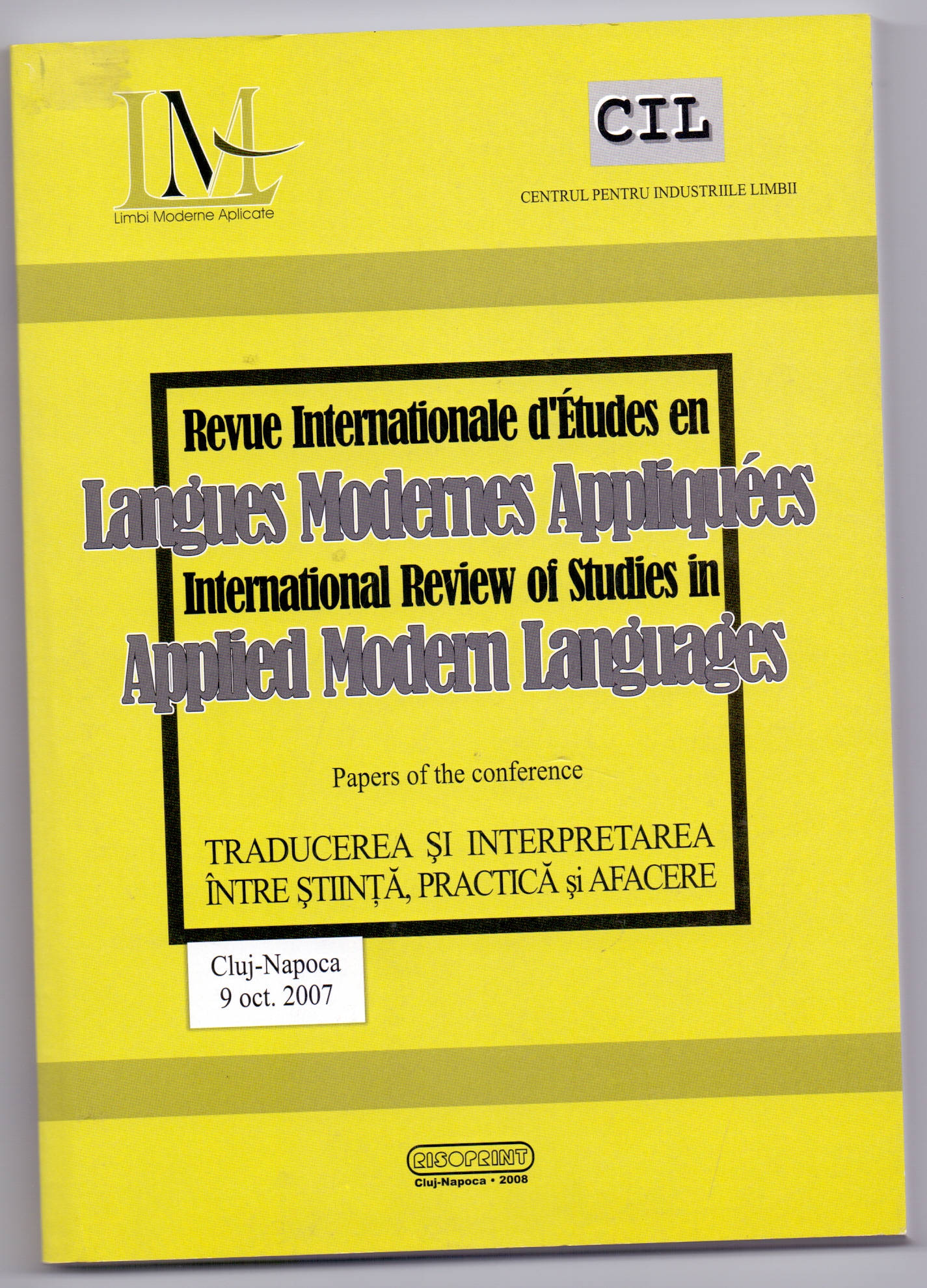Author(s): Elizabeta Sheleva / Language(s): Macedonian
Issue: 69/2017
This paper reveals the deeply enrouted hermeneutics of culpability (as well as
several examples of axiomatic culpabilization) in contemporary culture, and its well
known, presupposed arguments about human beings as a priori culpable subjects.
At the starting point of history, one of the culpability narratives stems from
the domain of religion – and is based on the axiomatic parable of „the original sin“,
sanctioned by God with the famous exile from the paradise garden, i.e. the shift
from immortality toward the moratlity. Christianity itself is founded on the motif of
original sin, the archetype narrative of culpable performativity of Adam and Eve,
vis a vis God’ command to consume the „prohibited fruit“ (of –sexual- knowledge).
The other, widely acclaimed performative of people’s genuine culpability,
which is ready to argue (and also find) the human beings as always - already culpable
ones, is articulated by Sigmun Freud, and his psychoanalysis. Starting from the
notion of „nucleus family“, each human being enters some cast in a „family
romance“ – throwing him/her into culpable, potentially incestuous pulsions and
contradictory strivings, like the Oedipus complex, internal conflicts and rivaltry
between generations, or various efforts to dethronise the Totem - ancestor.
The third, and maybe the mostly neglected aspect, of people’s contemporary
culpabilisation comes from a domain of bureaucracy, as a (hidden) state
apparatus,which is not only opppresing the modern citizens, but (usually) accusing
them, in different ways, as well, in order to keep them obedient, insecure, tamed.
This various, as well as pretty invisible effects of modern structural violence –
have already been recognised, anticipated and described – thanks to the fictional
masterpieces of Franz Kafka, Georgi Gospodinov, David Albahari and many other
writers.
At the end, modern media discourse implements plenty of advertising
strategies – to actually hide and transform one’s individual crime (like, the halflegally
implemented process of transitional privatization of state capital, or
corruption), turning it into acceptable and attractive story, even a role model for
achieving someone’s highly executive, personal „succes story“. Thus, we face the
opposite effect of culturalization the crime – as a crucial mechanism of actual,
posttransitional (or, neoliberal) propaganda.
More...

